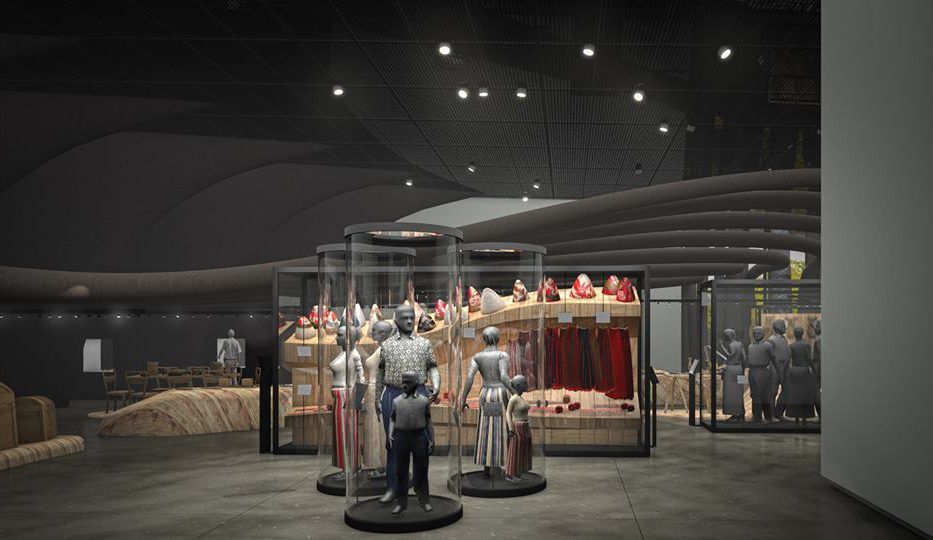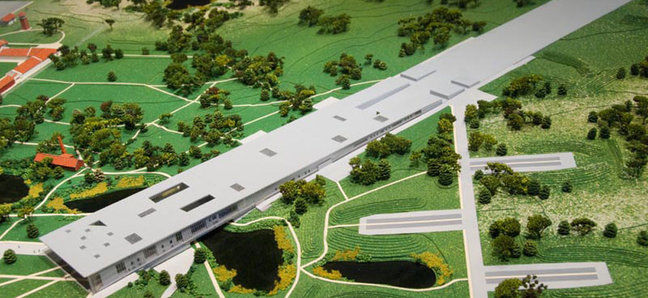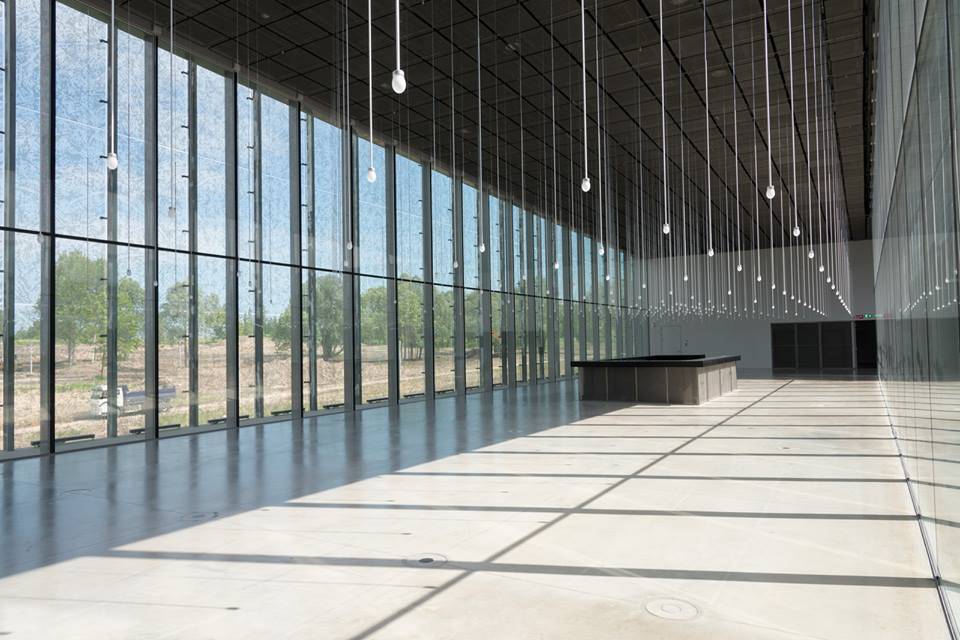It’s been a long wait – 107 years, to be exact – but Estonia has finally opened its first national museum dedicated to the history, life and traditions of Estonians and other Finno-Ugric peoples.
Built on the edge of Tartu on an abandoned Soviet airfield the Estonian National Museum, or Eesti Rahva Muuseum, will open to the public on 1 October.
The new museum traces the history, life and traditions of the Estonian people and presents the culture and history of other Finno-Ugric peoples and minorities in Estonia. It also has a comprehensive display of traditional Estonian national costumes from all regions. In addition, the museum houses a conference space and a cinema.
Largest project for independent Estonia
The project is the largest independent Estonia has undertaken – both financially as well as in spatial terms – and was designed by the Paris-based architecture firm, DGT.
There are two permanent exhibitions: one on Estonian cultural history and the other on the Finno-Ugric nations; and there are plans to show temporary exhibitions as well.
The first items for the institution were collected in the latter part of the 19th century and the Estonian National Museum was officially founded in 1909 in Tartu. The museum was devoted to folklorist Jakob Hurt’s heritage, to preserving Estonian ethnography and folk art.
The original building opened in the newly independent Estonia at the Raadi Manor in 1922 with the Finnish ethnographer Ilmari Manninen as its first director.
Former Soviet airfield
After the Soviet Union occupied Estonia in 1940, a military airfield was built on the manor’s land. The manor house itself – the main building of the museum – was destroyed during the Second World War.
The Soviets were not interested in restoring something that would remind Estonians of their independence, so the museum was not rebuilt. The airfield became a secret Soviet bomber base and the former museum’s artefacts were stored in various buildings, such as churches, around the city.
Estonians had the last laugh, however. The country regained independence in 1991 and many public figures called for the reconstruction of the national museum. But Estonia was too poor 25 years ago and there was no way to allocate funds for such a demanding project.
International architects
But in 2005, the Estonian government and the union of the country’s architects announced an international competition for the museum’s new building, which was won by Dan Dorell and Lina Ghotmeh, and Tsuyoshi Tane – the architects who form DGT.
Speaking at a press conference on Thursday, Ghotmeh told Estonian World that it was “amazing” to see the museum finally finished and ready to open.
She also recalled the controversy that surrounded the group being awarded the contract as they were young and not Estonians themselves, adding that they had worked very hard to make a museum for Estonians.
“It is an open space where Estonians can celebrate their culture,” she said. “There was a big question for us – how is this building Estonian? And we tried to think about the tradition of making troi, a traditional garment with the eight-pointed star which reflects on the landscape and national flower, and we put it on the façade (of the museum).”
The first Estonian national flag displayed in the museum
The main curator, Kristel Rattus, told Estonian World the items making up the exhibits had been donated by Estonians, foreign institutions and archives, and that some were taken from their own collection. Some of the rarest items are the book in which the Estonian language was first written down, the robe of the first Estonian Orthodox Bishop and the first Estonian national flag.
“We have never had a proper whole museum because we have been scattered around in different places all around Tartu, so it is a really big thing for us to finally have this museum,” she said.
I
Cover: the new building of Estonian National Museum (all photos courtesy of ERM, unless stated otherwise).







